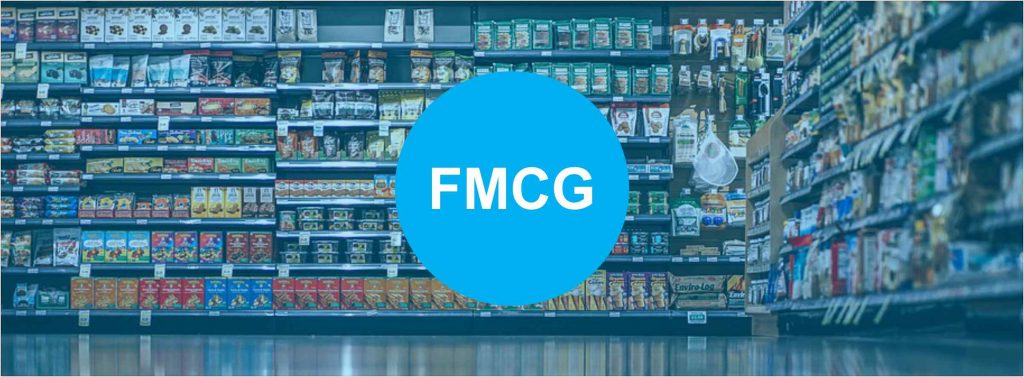
Faster Moving Goods, Smarter Thinking Consumers
by Mr. E. H. Kasturi Rangan, Director.
I would like to talk about three trends on FMCG sector supply chain that have been in conversations in these past few months.
GST reshaping FMCG business
The FMCG sector is without a doubt, one of the most exciting industries in today’s market. Since the time the GST was implemented in July 01 last year, the FMCG sector has seen double-digit growth over the past year, the highest since 2010. Several products saw a cut in tax rates and companies are seeing early signs of consumption picking up. Many companies passed on the benefits to end consumers by way of price cut or better pack sizes.
GST will also bring the likelihood of a gradual shift in consumption patterns — from unbranded to branded goods. Tax compliance in the GST regime is the most dominant factor due to which the organised players are seeing their shares and penetration increasing.
GST has also brought a significant reduction in logistics cost and a substantial reduction in the turnaround time for trucks. Further supply chain efficiencies can be brought in by reducing the number of warehouses and depots and running larger IT enabled warehouses. FMCG sector has been a little slow in their warehouse consolidation process. Consolidation will bring in further efficiencies, cost reduction and improve time-to-market. It would also see a trend towards outsourcing warehousing operations to large organised 3PL players.
E-commerce Penetration
This got a further fillip due to GST and Demonetization and an astounding 40% of FMCG purchases are projected to be made online as we draw closer to 2020. Marketplaces are increasingly taking the onus on logistics and distribution for the last mile. They also provide better visibility through low cost and targeted digital advertising.
Complexities in demand planning
However, the traditional challenges which takes the form of competition, visibility, and changeableness, not to mention a less loyal consumer, continue. These factors are challenging FMCG companies and their distribution partners to become more demand-driven and responsive.
The volatility in demand is one of the biggest hurdles. The consumer-centric market invariably sways in the direction that has the consumer’s attention. This means complex demand estimation and a requirement to put intricate planning in place, which operates in perfect coherence with the distribution network, for products to reach the customer at the right time.
Complex demand estimation entails complex inventory management. Consumers of the FMCG industry seldom base their purchases on the technical details of the products. Purchases are solely based on stock availability, which makes volume the key. But how does one gauge the right volume? Keeping demand variability in mind, this is a particularly tough nut to crack. Demand seasonality is an element that adds to this scenario. The skill required to strike the perfect balance between demand and supply could mean the difference between maintaining adequate stock and having to deal with dead stock.
The near future is surprisingly clear. We will see disruptions in traditional business models, distribution models and the organised branded players reaping the GST benefits further. Shift in FMCG towards smart devices driven by a smarter consumer!